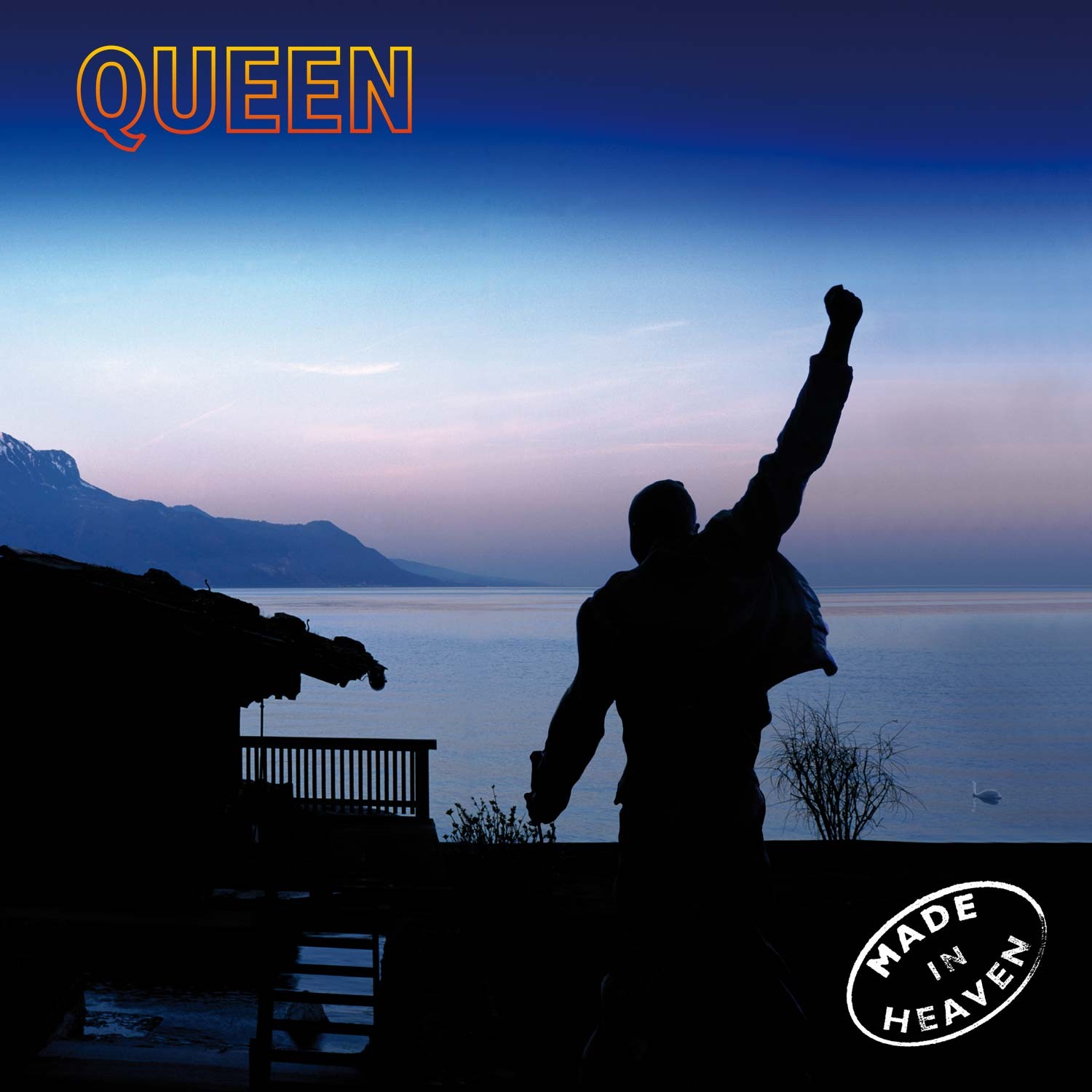Listen Now
#SWORDSANDSANDALS Episode 42 covers the second Queen studio album, 1974’s aptly titled “Queen II.” Often considered a cult classic and rated rather high in the Queen discography, does it deserve this title or was the self-titled a better performance from the band? Mark, Kevin, Alex, and Chris take you on a historical journey surrounding the album as well as share our favorites and not-so favorites from the record. We go on a deep dive track-by-track listen of this art/hard rock album as well as share personal stories of discovering Queen’s second studio album. Tune in next week for Episode 43 covering the third Queen album “Sheer Heart Attack.”
Subscribe, Rate, and Review:
Quick Reviews
Mark Not tired of their sound yet, but where are we going from here? The highs might be a bit higher. Overall, it should be better but not sure it all works for me.
Chris A competently put together record – but none of the hooks got me. It took a while for me to get into this one and I was expecting more.
Alex More focused but more “boring”
Kevin In some ways more mature than the first album, but some of the songs ended up letting me down. Also not sure I’m buying into the heavy fantasy element.
Love It or Flush It
| M | C | A | K | ||||
|---|---|---|---|---|---|---|---|
| 1 | "Procession" (instrumental) | 1:12 | T | L | F | F | |
| 2 | "Father to Son" | 6:14 | L | L | L | B | |
| 3 | "White Queen (As It Began)" | 4:34 | L | L | L | L | |
| 4 | "Some Day One Day" | 4:23 | F | L | L | F | |
| 5 | "The Loser in the End" | 4:02 | L | L | L | L | |
| 6 | "Ogre Battle" | 4:10 | L | B | L | L | |
| 7 | "The Fairy Feller's Master-Stroke" | 2:40 | B | L | F | T | |
| 8 | "Nevermore" | 1:17 | L | L | L | B | |
| 9 | "The March of the Black Queen" | 6:33 | F | T | L | F | |
| 10 | "Funny How Love Is" | 2:50 | F | F | T | F | |
| 11 | "Seven Seas of Rhye" | 2:50 | L | L | B | L |
Love It or Flush It Legend
L = Love. As many as you like.
F = Flush. Must flush at least one track per album.
B = Buy. Purchased for the ultimate LTS “Best Of” playlist for each of us. One per album.
T = Terminate. Should have never even existed. One per album.
The Rules
Each of us must Love, Flush, Buy, and Terminate AT LEAST ONE track on an album, no matter how great or terrible the album is. Whoever wins the “7 for the Buy” section gets an extra Buy or Terminate to use on the album. Because Chris hosts this section and thus cannot win, he gets an extra Buy or Terminate every 4 albums.
Album Information
Queen II is the second studio album by the British rock band Queen. It was released on 8 March 1974 by EMI Records in the UK and by Elektra Records in the US. It was recorded at Trident Studios and Langham 1 Studios, London, in August 1973 with co-producers Roy Thomas Baker and Robin Geoffrey Cable, and engineered by Mike Stone.
Described as “arguably the heaviest Queen album”, Queen II marked the end of the first phase of the band’s career.[2] The album combines a heavy rock sound with art rock and progressive rock elements,[3][4][5] and has been called “a pillar of grandiose, assaultive hard rock” by the Rock and Roll Hall of Fame.[6] Queen II is not a concept album but a collection of songs with a loose theme running throughout.[7] The two sides of the original LP were labelled “Side White” and “Side Black” (instead of the conventional sides “A” and “B”), with corresponding photos of the band dressed in white or in black on either side of the record’s label face. The white side has songs with a more emotional theme and the black side is almost entirely about fantasy, often with quite dark themes. Mick Rock‘s iconic cover photograph was frequently re-used by the band throughout its career, including the music videos for the songs “Bohemian Rhapsody” (1975), and “One Vision” (1985).
Released to an initially mixed critical reception, Queen II remains one of the band’s lesser-known albums. Nonetheless, the album has retained a cult following since its release, garnered praise from critics, fans,[3][8] and fellow musicians alike, and is significant in being the first album to contain elements of the band’s signature sound of multi-layered overdubs, vocal harmonies, and varied musical styles.[3][9]













I think y’all made the mistake of not listening at least 10-12 times to this – if you did you would realise this is almost certainly the best album Queen ever did . truly a great example of the less immediate stuff being better in the long run